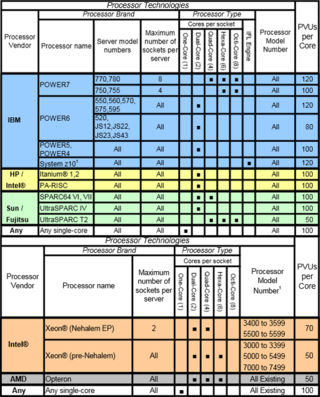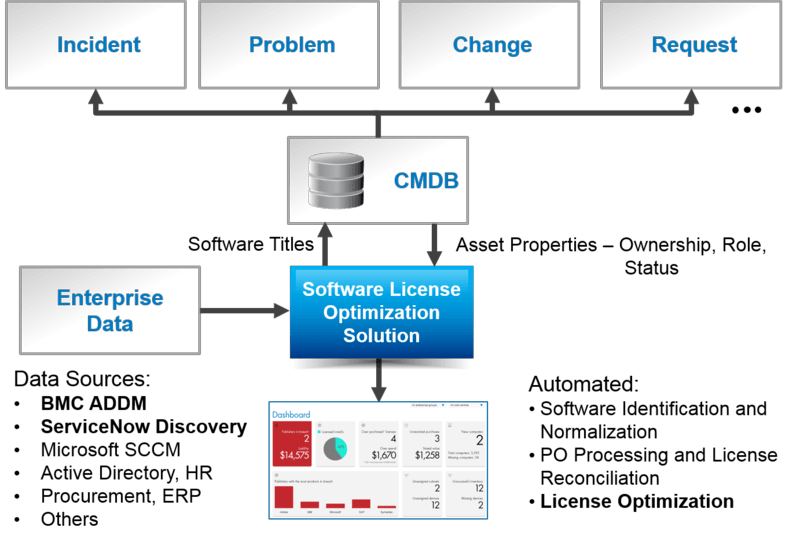Software Asset Managers and IT procurement managers have a lot on their plates. On the software front, they have to wade through hundreds of End User License Agreements (EULAs), enterprise agreements, maintenance programs and other contract documents, negotiate new contracts and renewals, charge back costs to different business units, and maintain license compliance across the organization, among other things. But hardware asset management (HAM) is also critically important to managing your software. And many organizations have processes and tools in place to keep track of their hardware assets. The important thing is to make sure that the necessary hardware asset data is also available to the software asset management (SAM) and license optimization process.
One of the obvious reasons why hardware asset management is an important building block for Software License Optimization is that many software licenses are based on hardware characteristics—the capacity of the server, in terms of the number of processors or cores, for example. Common examples of this are the IBM Processor Value Unit (PVU) license model and the Oracle processor based license. In the IBM PVU case, not only do you need to collect the data on the number and type of processors in the physical server, you also have to know the server model, the number of sockets and the number of cores per socket. All of this information is considered in the PVU points table that determines the number of PVUs per core you need to buy (see sample of IBM PVU Table below).
Another reason why hardware asset management is important from a software perspective is that hardware also goes through a lifecycle—from request, to procurement, deployment, ongoing management (IMAC—Install, Move, Add, Change), and finally, retirement. When the asset is retired, an important part of the license management process is to reclaim licenses allocated to that machine and return them to the available license pool. Not all licenses can be reclaimed, such as Windows OEM licenses, but many others can be recovered and reallocated.
IT Asset Management
It all starts with knowing what’s in your IT ecosystem. Flexera One discovers even the most elusive assets whether on-prem, SaaS, cloud, containers and more.
Many organizations have a Configuration Management Database (CMDB), often as part of their IT Service Management solution. The CMDB is used to keep track of hardware assets (“configuration items” or CIs) and the relationships between assets. In this scenario, your license management tools should be integrated with the CMDB so that data can be exchanged bi-directionally. For example, hardware asset data, including ownership, role, and status information in the CMDB can be provided to the Software License Optimization tools. The status information indicates whether the asset is active or retired, for instance. This data can be used, as described above, for the license reclamation process.
Required Hardware Asset Management Capabilities
Here are a few of the required capabilities of your HAM tool:
- Identification: keeping track of serial number, asset tag, part number, manufacturer, model, and parent/child relationship with other assets
- Purchasing data: tracking purchase order number, purchase order date, price, vendor, acquisition mode (purchased, leased, loaned, rented), delivery date, etc.
- Financial Data: keeping track of warranty, depreciation (current/residual values, depreciation method…), etc.
- Financial Management: the ability to reconcile with fixed assets, perform invoice reconciliation, asset allocation, and chargeback processes. Alerting on lease and warranty expiration are also important capabilities.
To learn more about the Hardware Asset Management capabilities of FlexNet Manager Platform, please visit our website.










